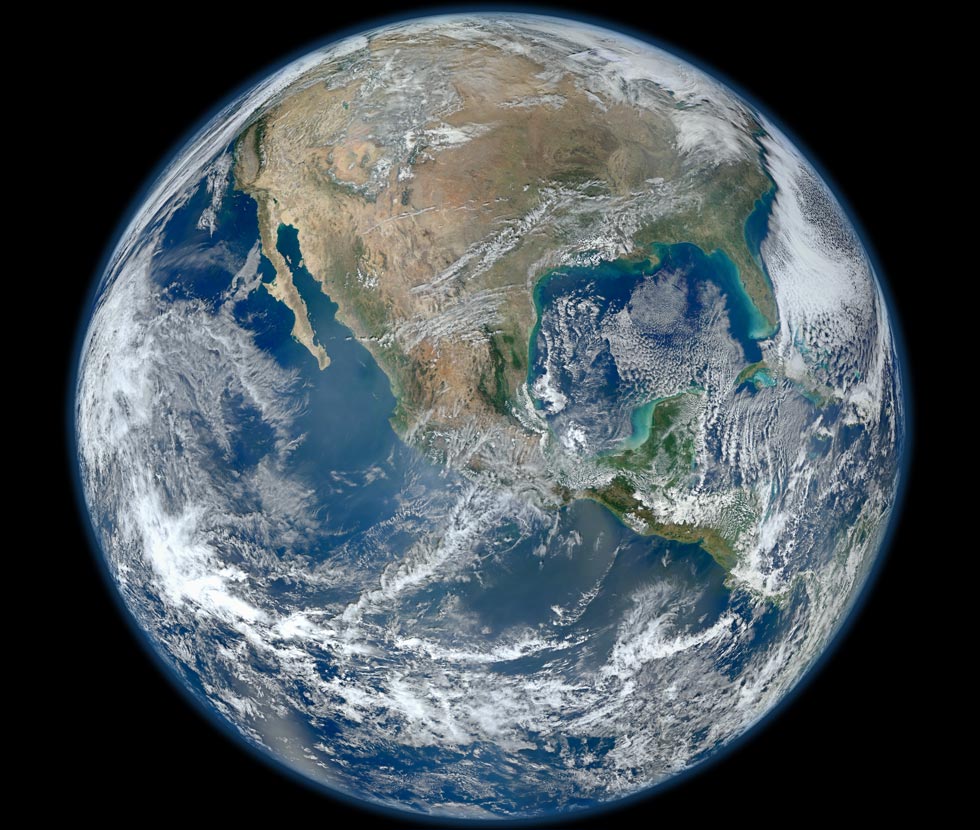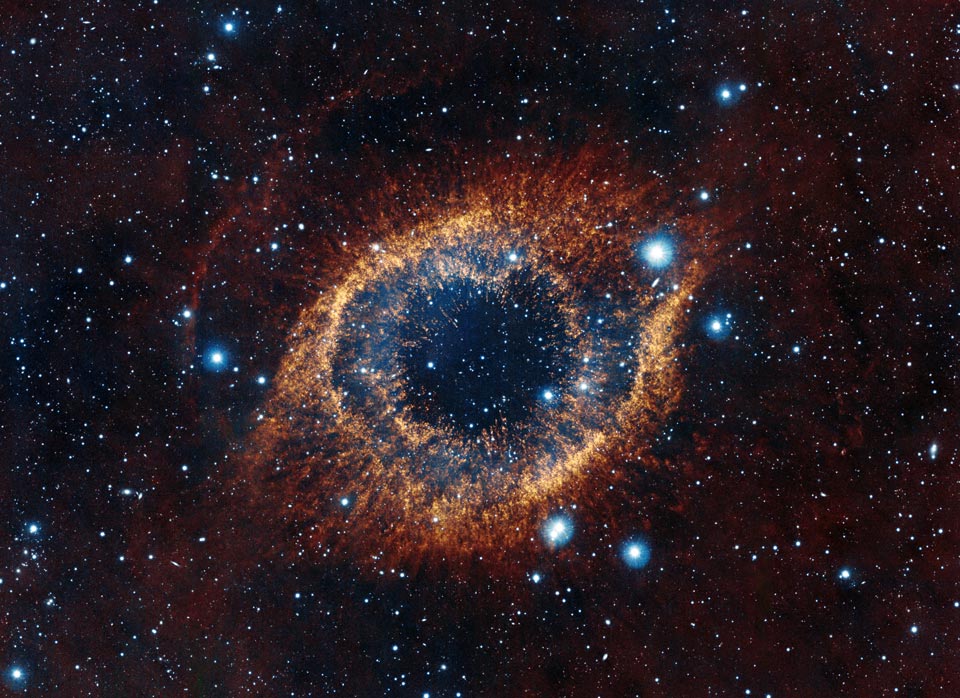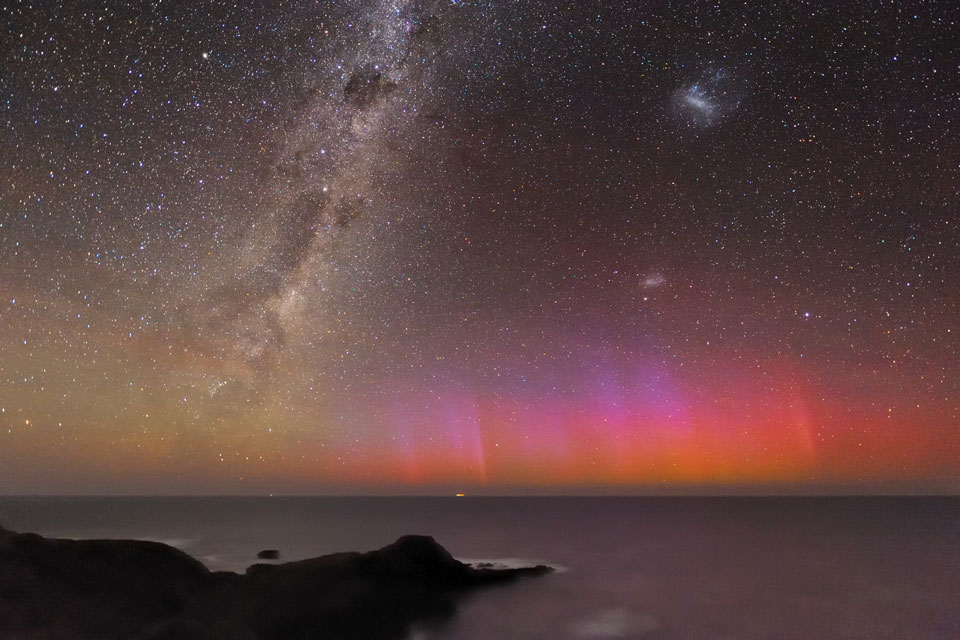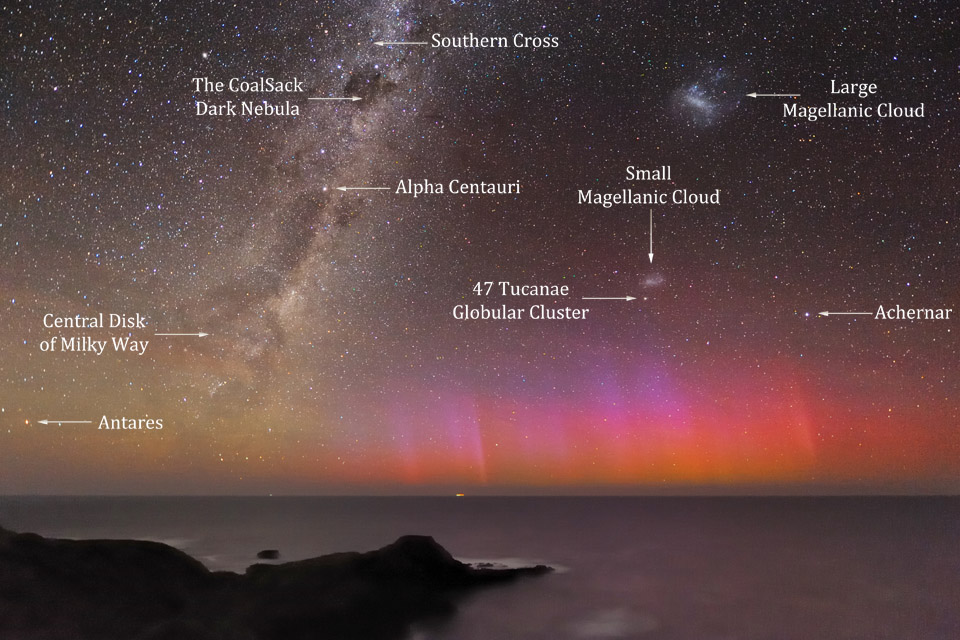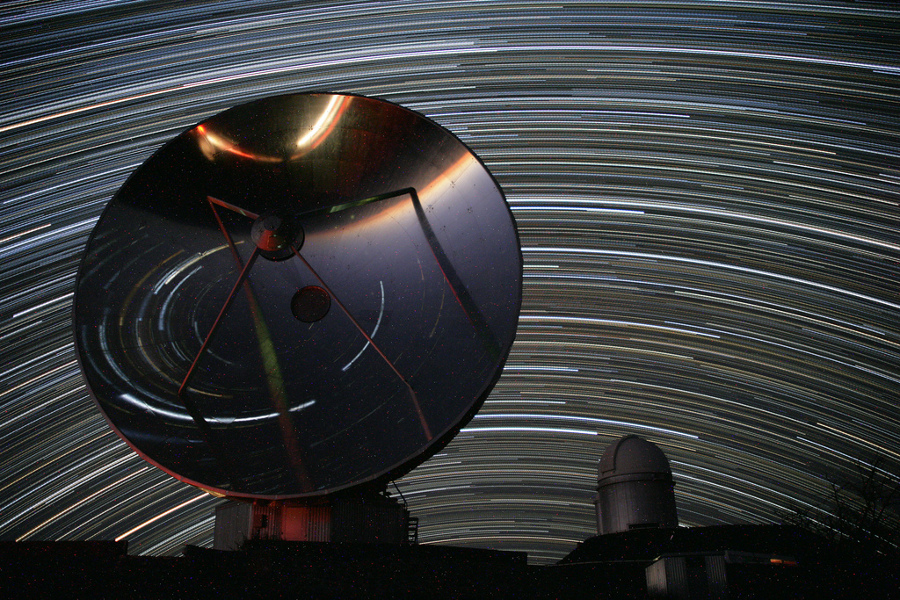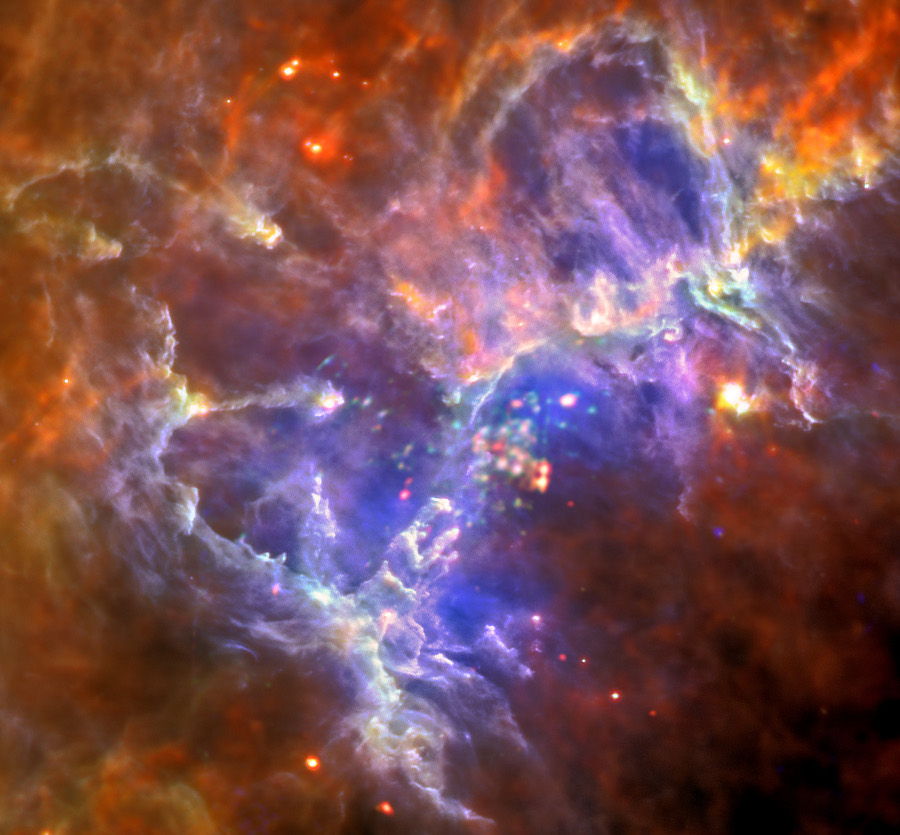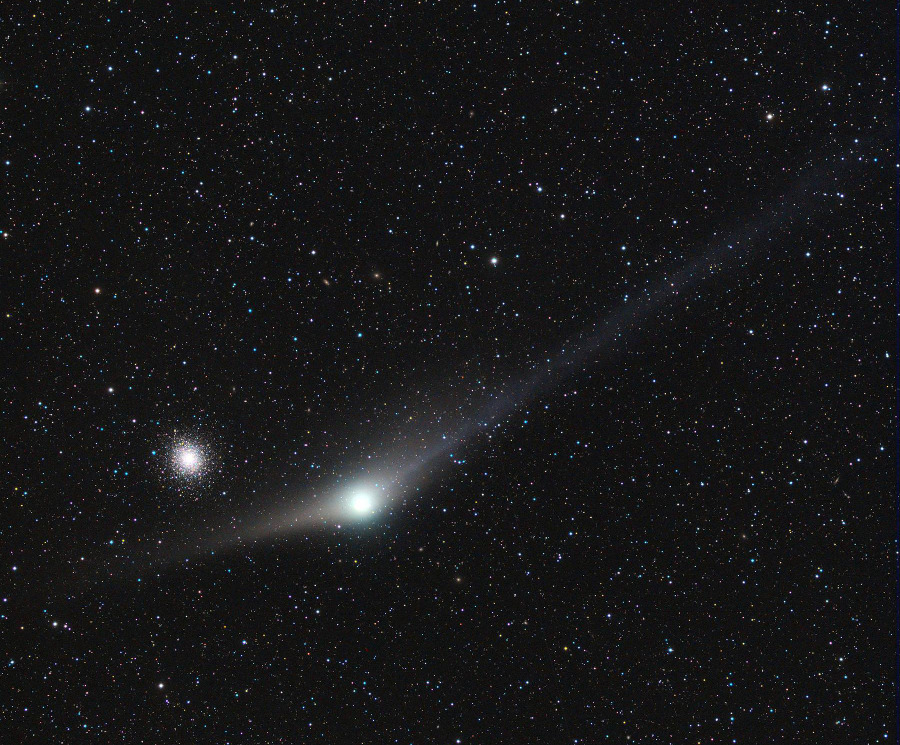Poll: Astronomy Picture of the Week for 2012 Jan 29-Feb 4
Posted: Sun Feb 05, 2012 11:40 pm
_______________________________________________________________
Please vote for the TWO best Astronomy Pictures of the Day (image and text) of January 29-February 4, 2012.
(Repeated APODs are not included in the poll.)
All titles are clickable and link to the original APOD page.
We ask for your help in choosing an APOW as this helps Jerry and Robert create "year in APOD images" review lectures, create APOM and APOY polls that can be used to create a free PDF calendar at year's end, and provides feedback on which images and APODs were relatively well received. You can select two top images for the week.
We are very interested in why you selected the APODs you voted for, and enthusiastically welcome your telling us why by responding to this thread.
Thank you!
_______________________________________________________________
<- Previous week's poll
Behold one of the more detailed images of the Earth yet created. This Blue Marble Earth montage shown above -- created from photographs taken by the Visible/Infrared Imager Radiometer Suite (VIIRS) instrument on board the new Suomi NPP satellite -- shows many stunning details of our home planet. The Suomi NPP satellite was launched last October and renamed last week after Verner Suomi, commonly deemed the father of satellite meteorology. The composite was created from the data collected during four orbits of the robotic satellite taken earlier this month and digitally projected onto the globe. Many features of North America and the Western Hemisphere are particularly visible on a high resolution version of the image. Previously, several other Blue Marble Earth images have been created, some at even higher resolution.
Will our Sun look like this one day? The Helix Nebula is one of brightest and closest examples of a planetary nebula, a gas cloud created at the end of the life of a Sun-like star. The outer gasses of the star expelled into space appear from our vantage point as if we are looking down a helix. The remnant central stellar core, destined to become a white dwarf star, glows in light so energetic it causes the previously expelled gas to fluoresce. The Helix Nebula, given a technical designation of NGC 7293, lies about 700 light-years away towards the constellation of the Water Bearer (Aquarius) and spans about 2.5 light-years. The above picture was taken three colors on infrared light by the 4.1-meter Visible and Infrared Survey Telescope for Astronomy (VISTA) at the European Southern Observatory's Paranal Observatory in Chile. A close-up of the inner edge of the Helix Nebula shows complex gas knots of unknown origin.
Why would the sky glow red? Aurora. Last week's solar storms, emanating mostly from active sunspot region 1402, showered particles on the Earth that excited oxygen atoms high in the Earth's atmosphere. As the excited element's electrons fell back to their ground state, they emitted a red glow. Were oxygen atoms lower in Earth's atmosphere excited, the glow would be predominantly green. Pictured above, this high red aurora is visible just above the horizon last week near Flinders, Victoria, Australia. The sky that night, however, also glowed with more familiar but more distant objects, including the central disk of our Milky Way Galaxy on the left, and the neighboring Large and Small Magellanic Cloud galaxies on the right. A time-lapse video highlighting auroras visible that night puts the picturesque seen in context. Why the sky did not also glow green remains unknown.
Fix your camera to a tripod and you can record graceful trails traced by the stars as planet Earth rotates on its axis. If the tripod is set up at ESO's La Silla Observatory, high in the Atacama desert of Chile, your star trails would look something like this. Spanning about 4 hours on the night of January 24, the image is actually a composite of 250 consecutive 1-minute exposures, looking toward the north. The North Celestial Pole, at the center of the star trail arcs, is just below the horizon in this southern hemisphere perspective. In the foreground, the polished 15-meter diameter dish antenna of the Swedish-ESO Submillimeter Telescope (now decommissioned) shows star trails toward the south by reflection. Sweeping around the South Celestial Pole, the distorted arcs of those stars appear underneath the southern horizon in the focusing dish's inverted view. Right of the dish is the dome of the observatory's 3.6 meter telescope, home to the planet hunting HARPS spectrograph.
In 1995, a now famous picture from the Hubble Space Telescope featured Pillars of Creation, star forming columns of cold gas and dust light-years long inside M16, the Eagle Nebula. This remarkable false-color composite image revisits the nearby stellar nursery with image data from the orbiting Herschel Space Observatory and XMM-Newton telescopes. Herschel's far infrared detectors record the emission from the region's cold dust directly, including the famous pillars and other structures near the center of the scene. Toward the other extreme of the electromagnetic spectrum, XMM-Newton's X-ray vision reveals the massive, hot stars of the nebula's embedded star cluster. Hidden from Hubble's view at optical wavelengths, the massive stars have a profound effect, sculpting and transforming the natal gas and dust structures with their energetic winds and radiation. In fact, the massive stars are short lived and astronomers have found evidence in the image data pointing to the remnant of a supernova explosion with an apparent age of 6,000 years. If true, the expanding shock waves would have destroyed the visible structures, including the famous pillars. But because the Eagle Nebula is some 6,500 light-years distant, their destruction won't be witnessed for hundreds of years.
Sweeping slowly through the constellation Hercules, Comet Garradd (C2009/P1) passed with about 0.5 degrees of globular star cluster M92 on February 3. Captured here in its latest Messier moment, the steady performer remains just below naked-eye visibility with a central coma comparable in brightness to the dense, well-known star cluster. The rich telescopic view from New Mexico's, early morning skies, also features Garradd's broad fan shaped dust tail and a much narrower ion tail that extends up and beyond the right edge of the frame. Pushed out by the pressure of sunlight, the dust tail tends to trail the comet along its orbit while the ion tail, blown by the solar wind, streams away from the comet in the direction opposite the Sun. Of course, M92 is over 25,000 light-years away. Comet Garradd is 12.5 light-minutes from planet Earth, arcing above the ecliptic plane.
<- Previous week's poll
Please vote for the TWO best Astronomy Pictures of the Day (image and text) of January 29-February 4, 2012.
(Repeated APODs are not included in the poll.)
All titles are clickable and link to the original APOD page.
We ask for your help in choosing an APOW as this helps Jerry and Robert create "year in APOD images" review lectures, create APOM and APOY polls that can be used to create a free PDF calendar at year's end, and provides feedback on which images and APODs were relatively well received. You can select two top images for the week.
We are very interested in why you selected the APODs you voted for, and enthusiastically welcome your telling us why by responding to this thread.
Thank you!
_______________________________________________________________
<- Previous week's poll
Behold one of the more detailed images of the Earth yet created. This Blue Marble Earth montage shown above -- created from photographs taken by the Visible/Infrared Imager Radiometer Suite (VIIRS) instrument on board the new Suomi NPP satellite -- shows many stunning details of our home planet. The Suomi NPP satellite was launched last October and renamed last week after Verner Suomi, commonly deemed the father of satellite meteorology. The composite was created from the data collected during four orbits of the robotic satellite taken earlier this month and digitally projected onto the globe. Many features of North America and the Western Hemisphere are particularly visible on a high resolution version of the image. Previously, several other Blue Marble Earth images have been created, some at even higher resolution.
Will our Sun look like this one day? The Helix Nebula is one of brightest and closest examples of a planetary nebula, a gas cloud created at the end of the life of a Sun-like star. The outer gasses of the star expelled into space appear from our vantage point as if we are looking down a helix. The remnant central stellar core, destined to become a white dwarf star, glows in light so energetic it causes the previously expelled gas to fluoresce. The Helix Nebula, given a technical designation of NGC 7293, lies about 700 light-years away towards the constellation of the Water Bearer (Aquarius) and spans about 2.5 light-years. The above picture was taken three colors on infrared light by the 4.1-meter Visible and Infrared Survey Telescope for Astronomy (VISTA) at the European Southern Observatory's Paranal Observatory in Chile. A close-up of the inner edge of the Helix Nebula shows complex gas knots of unknown origin.
Credit & Copyright: Alex Cherney (Terrastro, TWAN)
Sweeping slowly through the constellation Hercules, Comet Garradd (C2009/P1) passed with about 0.5 degrees of globular star cluster M92 on February 3. Captured here in its latest Messier moment, the steady performer remains just below naked-eye visibility with a central coma comparable in brightness to the dense, well-known star cluster. The rich telescopic view from New Mexico's, early morning skies, also features Garradd's broad fan shaped dust tail and a much narrower ion tail that extends up and beyond the right edge of the frame. Pushed out by the pressure of sunlight, the dust tail tends to trail the comet along its orbit while the ion tail, blown by the solar wind, streams away from the comet in the direction opposite the Sun. Of course, M92 is over 25,000 light-years away. Comet Garradd is 12.5 light-minutes from planet Earth, arcing above the ecliptic plane.
<- Previous week's poll
